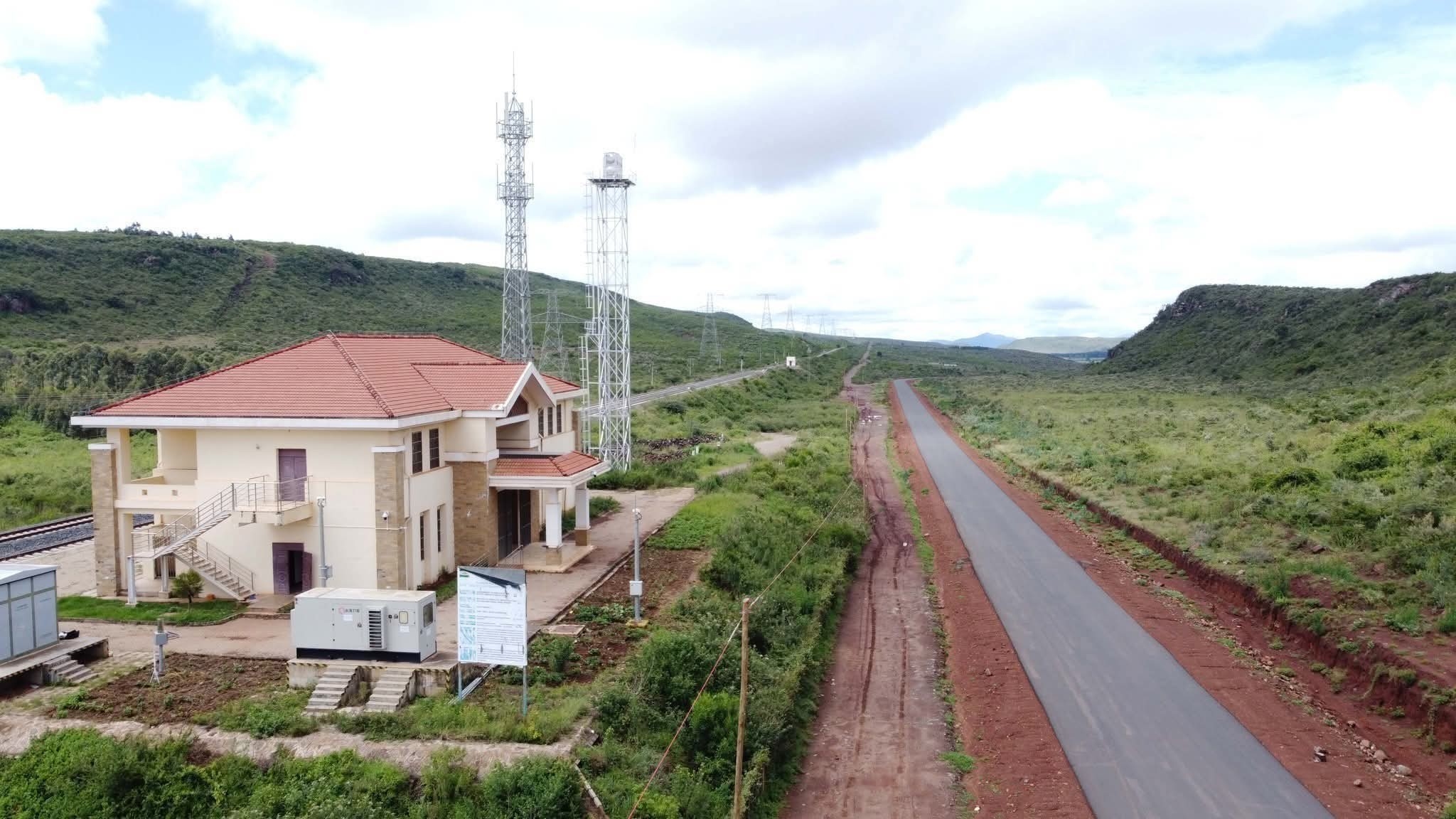Maize farmers experienced a significant shift in the market as the national average wholesale price for a 90kg bag of maize dropped from Sh3,450 in May to Sh3,250 in June.
The Food and Nutrition Security Report attributed the drop to favourable weather conditions, increased supply and market dynamics. The report was released by the State Department of Agriculture.
The highest wholesale price was reported in Bomet, Busia and Kwale at Sh4,500 per 90kg bag.
The lowest wholesale price was reported in Trans Nzoia and Uasin Gishu counties at Sh2,500 for a 90kg bag.
“The decline in prices is attributed to good maize production in 2023. By the end of the month of June, the average retail price of a two kilo packet of unga was Sh129 in supermarkets in Nairobi,” the report said.
The maize balance sheet projected to end of September 2024 shows a surplus of about 28.3 million 50kg bags.
This is based on carryover stocks of 35.2 million bags in June and estimated 1.35 million bags as forecast imports over the next three months.
The food report indicates that about 20.5 million bags planted early in January will be harvested from the low altitude counties including Bomet, parts of Narok, Nyamira and parts of Migori.
“The improved crops production in 2023 and improved local supplies of most food staples continue to impact on the importation of most basic staples with a general declining trend since January 2024,” the report says.
It further showed that the total imports of maize have been on a decreasing trend since March 2024.
In June, maize imported decreased further from 516,151 (50kg) bags in May to 389,778 bags and compared to 633,555 imported in March.
The report states that, “Most of the maize imports was from Tanzania with considerable amounts coming in from Uganda. It is noted that between January to June 2023, a total of 7.9 million bags had been imported.
“However, between January to June 2024, only 2.5 million bags have been imported. The government goal of reducing imports parities is being achieved for maize if the trend continues.”
The status of national food security improved during June as most of the staple foods were available both in households and markets.
“The prices of basic staples, especially cereals and pulses, continued to decline in the month of June as most of farmers who had been keeping some food stocks on speculation for better prices (compared to last year) decided to release the stocks into the market,” the report says.
This was mainly driven by the decrease of prices of cereals, pulses, roots and tubers, even though prices of some commodities such cabbage, spinach and kale (sukuma wiki) increased slightly in June compared to May prices.
In June, the long rains seasonal crops were at reproductive stages to maturity in all counties.
The report reveals that during the period under review, the consumption of green maize increased in counties in Nyanza and eastern regions while harvesting continued for pulses which improved the household food security.
“The southeastern lowlands and coast were experiencing a dry spell after early cessation of the rains which forced the crop to mature faster and others to dry. In other parts of the country, the crops were in good condition. Control of [fall army warm] continued in areas where the maize crop was in late vegetative stages,” the report says.














